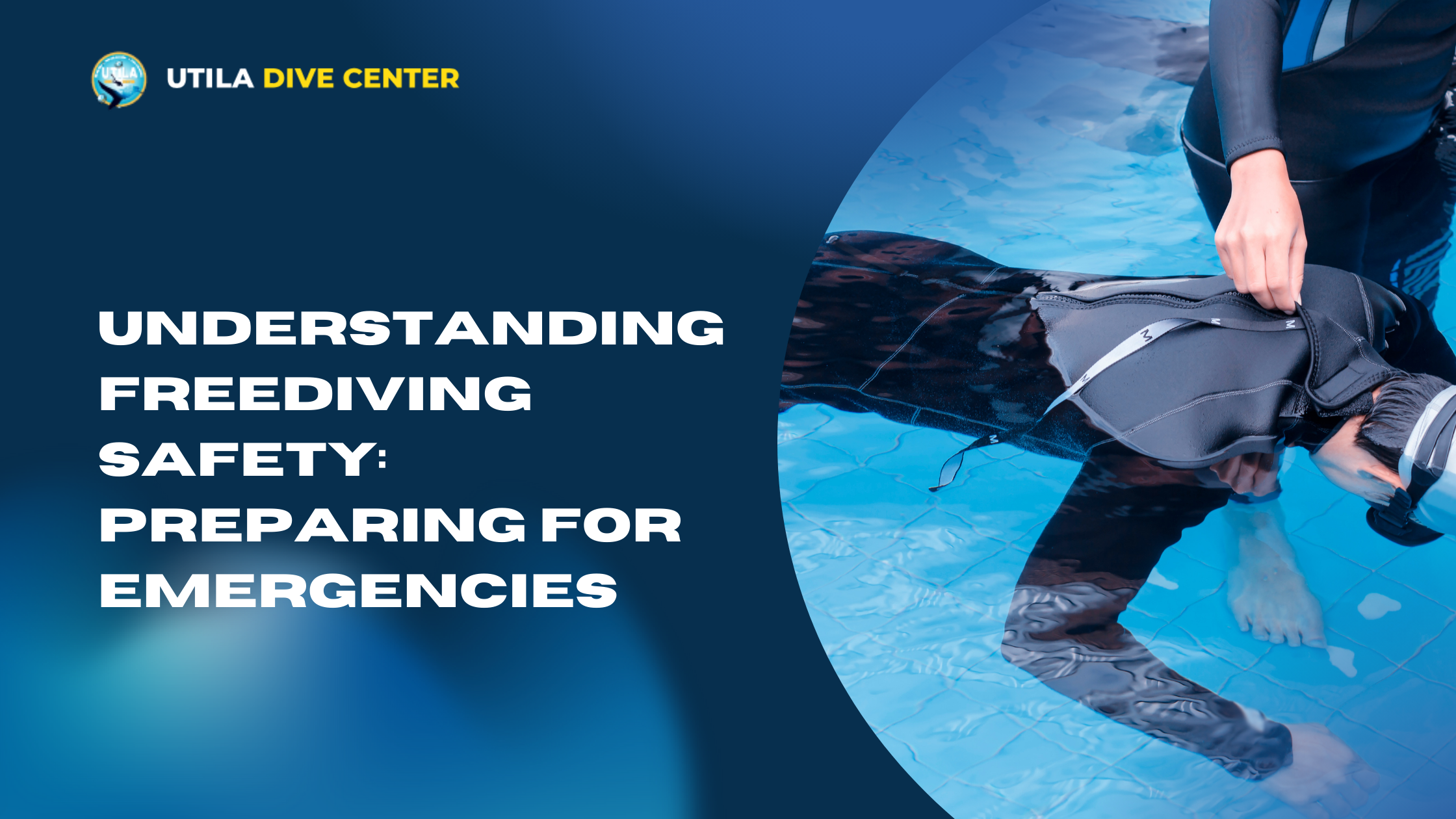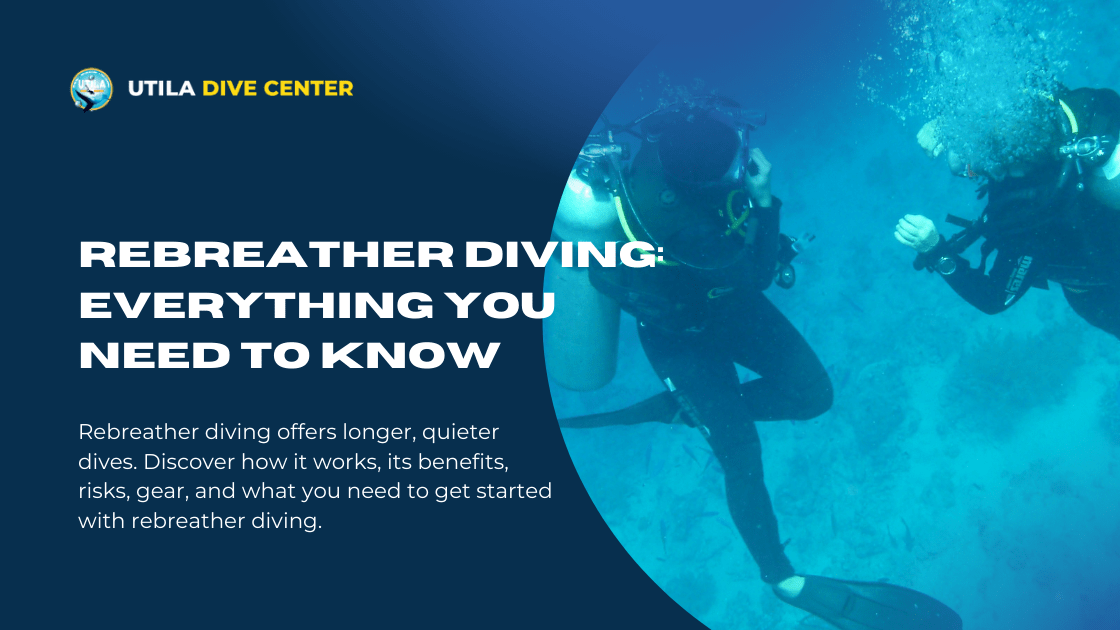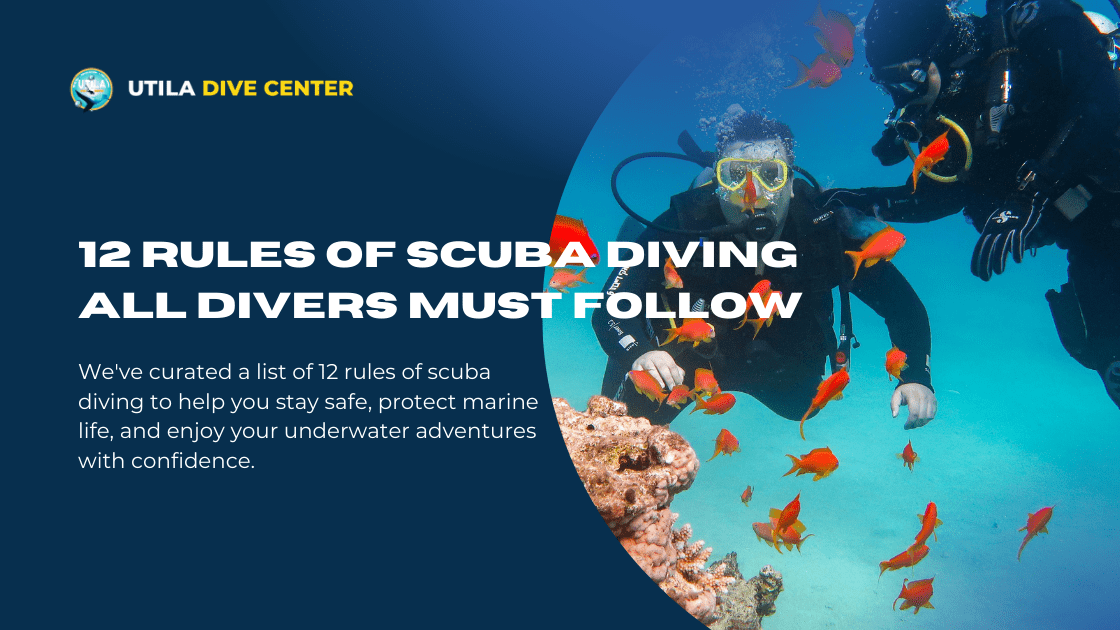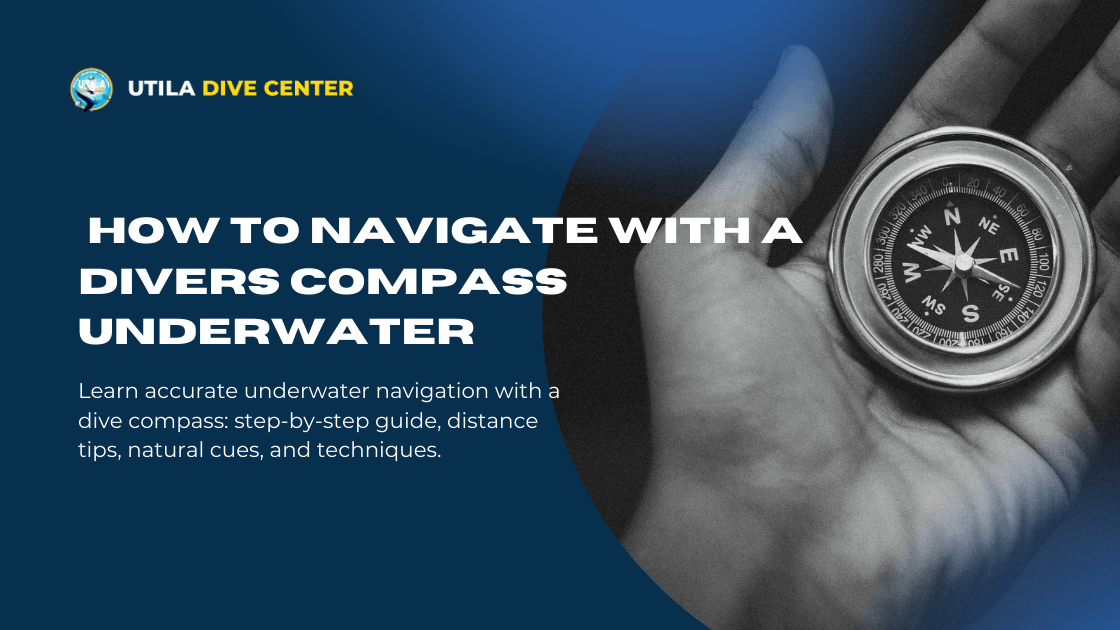
Understanding Freediving Safety: Preparing for Emergencies
Understanding Freediving Safety: Preparing for Emergencies
By: Manny Lagos | Date: 2025-04-24T06:31:12.051Z
Freediving is more than just an adventure sport– it’s the best way to explore the underwater world without any bulky gear. It’s about pushing your limits and connecting with nature in its purest form.
But when it comes to freediving, you might’ve heard a lot of people say “One mistake and it can all go wrong” or “Freediving is only for professionals”. Sounds scary, right? The truth is, freediving can be both fun and safe– as long as you follow the right safety practices.
Yes, like any other water sport, freediving comes with risks. Some of these seem like common sense, others might surprise you, and a few are lessons you definitely don’t want to learn the hard way. But with proper training and smart safety precautions, those risks can be managed and minimised.
So, let’s understand freediving safety and learn how to handle underwater emergencies like a pro!
The Importance of Safety in Freediving
As we have just learned, freediving is not as simple as it looks. There’s a lot more to it than taking a deep breath and diving in. It actually requires proper training, awareness, and a deep respect for the ocean.
Once you start descending, your body adapts to changes in oxygen levels, pressure, and buoyancy. While these physiological adaptations help you dive with ease, knowing how to handle them is what keeps you safe and in control underwater.
Recognizing the Risks Associated with Freediving
Freediving risk assessments can help you understand the risks associated with freediving. Here’s what you need to know:
- Blackout (Hypoxia):
Low oxygen levels can lead to sudden unconsciousness without any warning. This is why diving with a buddy is non-negotiable– think of it as your freediving safety net.
- Lung barotrauma:
As you go deeper into the blue, external pressure increases, and your lungs compress. If you don’t manage that pressure properly, it can lead to serious lung injuries– or worse.
- Disorientation:
Feeling a little lost underwater? It happens, especially in low visibility or during deep dives. Staying calm, focused, and aware of your surroundings is the best way to keep your dive safe and fun.
- Ear barotrauma:
If you don’t equalize properly on the way down, you could end up with pain, minor ear injury, or even a ruptured eardrum. Who wants that? So, try mastering techniques like the Valsalva or Frenzel maneuvers– it’ll help you a lot.
- Decompression sickness:
Nitrogen can start to build up in your body when you do multiple deep dives with short surface intervals. So, just remember to take proper breaks between each dive and you’re good to go.
- Environmental hazards:
Diving in hidden caves, wrecks, or strong currents is exhilarating but it’s a bit tricky too. Knowing what to expect and adjusting your dive plan accordingly can make all the difference.
The Role of Proper Training and Certification
One of the best ways to stay safe while freediving is to invest in proper training and certification programs like AIDA freediving certification. At Utila Dive Center, we teach divers like you everything you need to know to dive safely and confidently.
Benefits of Professional Instruction
Some of the main benefits of professional diving courses are:
- Increased awareness:
You’ll learn to recognize your body’s limits and signals underwater. It’ll help you understand when to push forward or take a break.
- Improved technique:
Freediving is all about efficiency. Proper training helps you reduce effort, conserve oxygen, and extend dive time safely.
- Emergency preparedness:
No one likes to think about worst-case scenarios, understandably so, but it’s always better to be prepared. A professional diving course provides you with hands-on experience in handling underwater emergencies.
- Confidence and mental discipline:
Along with your physical capabilities, freediving requires focus and mental discipline too. Proper training teaches you how to stay calm and in control beneath the waves.
- Handling challenging environments:
It doesn’t matter if you’re diving in low visibility conditions or cold water– Utila Dive Center’s comprehensive diving programs teach you to adapt and stay safe in any environment!
Essential Safety Practices for Freedivers
Now that we’ve talked about the importance of freediving safety and the risks involved, let’s go over some essential diving safety practices to help you stay safe and make every dive unforgettable!
Always Dive with a Buddy
Diving safety rule number one: never dive alone. Having someone there to watch your back and step in if something goes wrong is a game-changer. A trained buddy can help you in case of a blackout, help you come back up safely, and provide immediate assistance whenever required. Moreover, diving is way more fun when you do it with someone by your side!
P.S. Don’t forget to set up clear communication signals with your diving buddy before you head underwater.
Avoiding Hyperventilation Before Dives
Taking a few quick, deep breaths right before diving into the water might seem like a good idea, but it’s actually very dangerous. Hyperventilating lowers your carbon dioxide levels way too much, which consequently delays your body’s natural urge to breathe. This sounds great until you realize it also increases the risk of blacking out without any warning. To keep your breath slow, steady and controlled– give diaphragmatic breathing a try!
Proper Weighting and Buoyancy Control
Using the correct amount of weight during freediving isn’t only about comfort– it’s about safety and control too. Excess weight makes it difficult to resurface whereas too little weight can result in an uncontrolled ascent (which is very dangerous for your lungs). The perfect spot? Achieving neutral buoyancy at around 10 meters so you can dive easily without using too much energy.
And when it comes to your weight belt– make sure it sits around your hips and not your waist– that’ll make it easier to ditch in case of an emergency.
Post-Dive Procedures
What you do in the first few moments after a dive is just as important as everything leading up to it.
It’s very important to take a few recovery breaths before talking or moving around. This helps your body re-oxygenate and stay away from shallow water blackouts. What exactly should you do? Take short, strong inhales followed by passive exhales– it’s that simple. Next, observe the surface for at least 30 seconds. This gives you enough time to look for any delayed symptoms of hypoxia and get the required medical treatment.
Developing an Emergency Action Plan (EAP)
Every dive location comes with its own set of challenges, so it’s crucial to have a well-thought-out emergency action plan (EAP) in place. It should include:
- Emergency contact information
- Steps to handle a blackout or loss of consciousness
- Information of nearest medical facilities and hyperbaric chambers
- Steps to assist a struggling diver
- Pre-established buddy communication signals
- Site-specific risks and diving safety measures
Importance of First Aid and CPR Training
Always expect the unexpected when it comes to freediving. Accidents can happen and when they do, knowing how to provide first aid and CPR can be the difference between life and death. That’s why every diver should have basic first aid and CPR training. Another important skill is oxygen administration. Many dive sites have emergency oxygen kits but they’re beneficial only if you know how to use them!
Bottom line? Better to be safe than sorry.
Conclusion
Freediving is definitely one of the purest ways to explore the ocean, but let’s be honest– safety should always come first. When you understand the importance of freediving safety, learn about the various risks involved and get proper training, you can enjoy every dive with utmost ease and confidence.
That’s exactly what we’re here to help you with at Utila Dive Centre!
From your first breath-hold session and learning about the benefits of freediving to mastering first aid and CPR, our expert instructors are here to guide you through everything.
Are you looking to learn to dive for fun? Want to make a career out of it? Or perhaps want to get involved in marine conservation? Whatever it is, reach out to us and we’ll help you reach your goals safely and effectively.

Rebreather Diving: Everything You Need to Know
Rebreather diving offers longer, quieter dives. Discover how it works, its benefits, risks, gear, and what you need to get started with rebreather diving.
Read more
12 Rules of Scuba Diving All Divers Must Follow
We've curated a list of 12 rules of scuba diving to help you stay safe, protect marine life, and enjoy your underwater adventures with confidence.
Read more
How to Navigate With a Divers Compass Underwater
Learn accurate underwater navigation with a dive compass: step-by-step guide, distance tips, natural cues, and techniques.
Read more
Common Dive Injuries and How to Prevent Them
Overview of dive injuries from barotrauma diving to decompression sickness and steps to prevent dive injuries for safe diving.
Read more